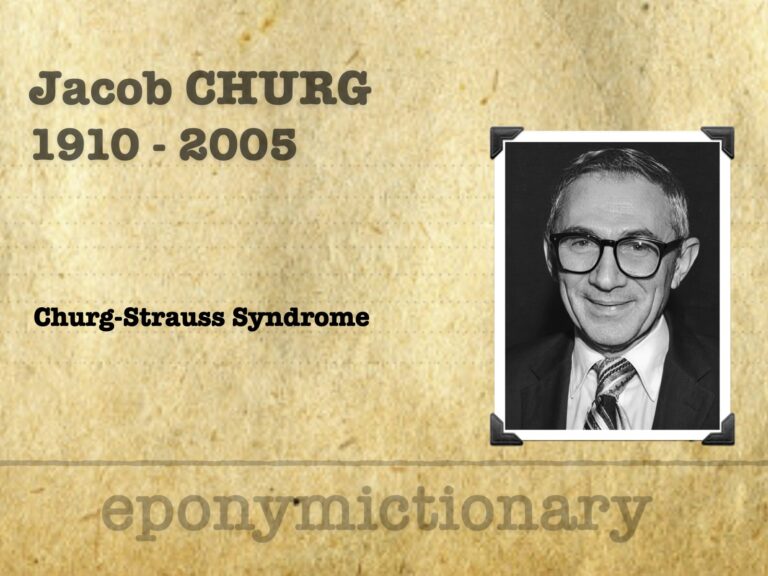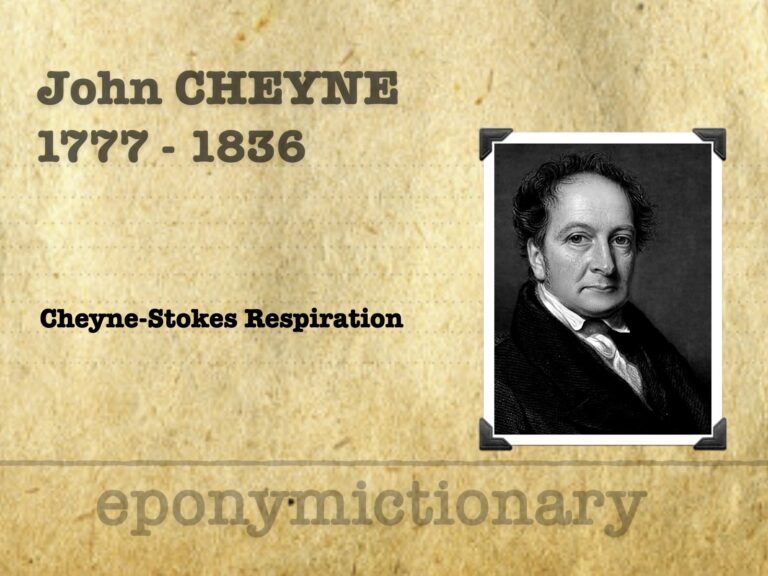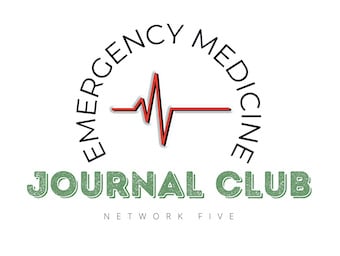
Louis Hamman
Louis Virgil Hamman (1877–1946), Johns Hopkins physician and diagnostician, described Hamman’s sign, Hamman syndrome, and Hamman-Rich syndrome

Louis Virgil Hamman (1877–1946), Johns Hopkins physician and diagnostician, described Hamman’s sign, Hamman syndrome, and Hamman-Rich syndrome

EGPA (Churg–Strauss syndrome): rare ANCA-associated vasculitis with asthma, eosinophilia, and systemic granulomatous inflammation of small vessels

Lotte Strauss (1913–1985), pioneer in paediatric and perinatal pathology, co-described Churg–Strauss syndrome and helped found the Society for Pediatric Pathology

Jacob Churg (1910–2005), pioneering pathologist, co-described Churg–Strauss syndrome and transformed renal pathology through biopsy-based diagnostics

John Cheyne (1777–1836), Irish physician, co-described Cheyne-Stokes respiration, advanced clinical neurology, and linked pupils to brain injury

Cheyne-Stokes respiration is a cyclical breathing pattern of apnoea and hyperpnoea, seen in heart failure, brain injury, and end-of-life settings.

Henry Khunrath Pancoast (1875 – 1939) was an American radiologist. The Pancoast tumour and Pancoast syndrome is named after him

Pancoast Tumour is a primary bronchogenic carcinoma which arises in the apex of the lung at the superior pulmonary sulcus.

Pancoast Syndrome occurs secondary to local compression of brachial plexus and sympathetic chain by superior (pulmonary) sulcus tumors.

Network Five Emergency Medicine Journal Club Episode 30 reviewing updates on paediatric wheeze management with paediatric respiratory and sleep specialist Dr Chetan Pandit!

Wilhelm Löffler (1887 – 1972) was a Swiss physician. Löffler is eponymously associated with two clinical manifestations of eosinophilia which he described: transient pulmonary infiltrates with eosinophilia (Löffler syndrome, 1932) and endocarditis parietalis fibroplastica (Löffler endocarditis, 1936).

Löffler (Loeffler) syndrome is a transient, self-limiting, and benign pulmonary eosinophilia, characterised by pulmonary opacities on X-ray, elevated blood eosinophils and an acute onset of potential symptoms of mainly cough and dyspnoea.